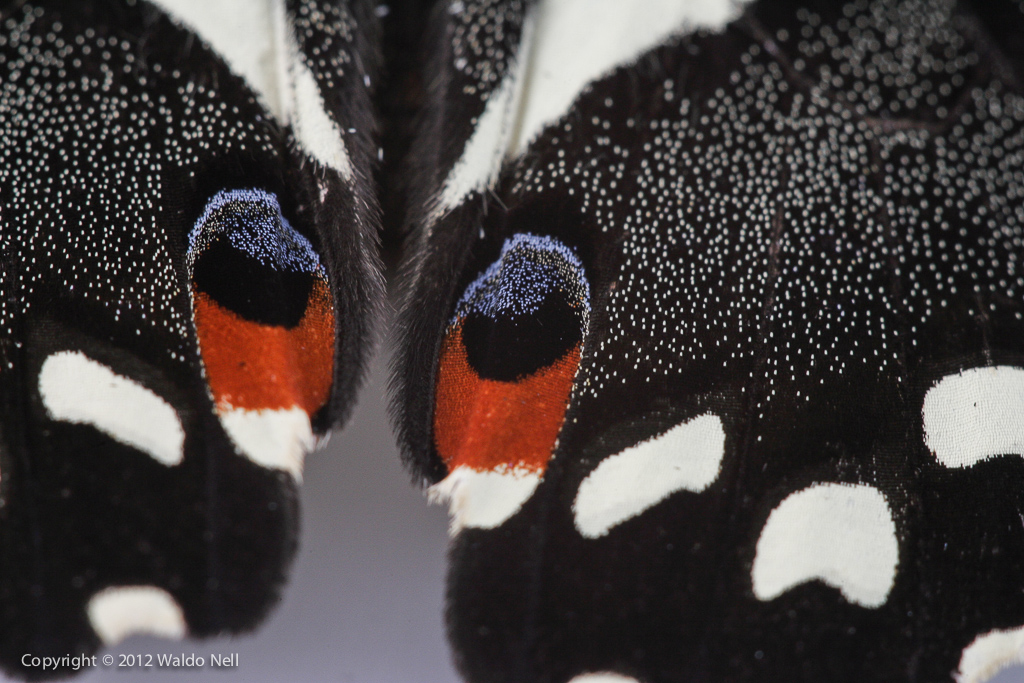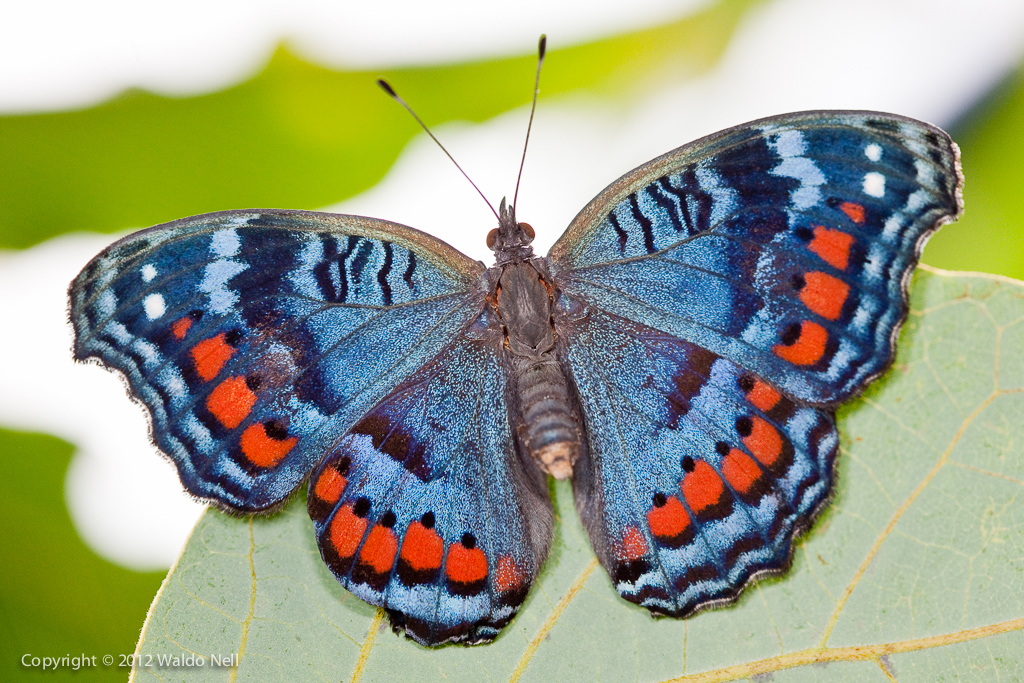WebbCMH wrote:Hi and thank you for posting such a great set of comparable images and could you answer a couple of questions for me.
Thanks, you're welcome.
WebbCMH wrote:1) I was wondering what your equipment set up was to get this set - especially with regards to the 4x shot of the swallowtail section?
Olympus BX53, UPlanSApo 4x/0.16 objective, transmitted light from three Ikea Janso LED lights, diffused with paper cone, focus stacked from 192 frames using Helicon Focus' methods B and C which was merged in Photoshop.
WebbCMH wrote:2) Do you (or anyone else reading this) have an opinion as to (in very general terms) what would be the lowest magnification required to satisfactorily reveal the existence of the scales on the wings of lepidoptera?
Yes I do, as I regularly take photographs of butterflies with my macro gear as well, which consists of a 5D Mark III and 100mm IS Macro and MP-E 65 lenses. There are two basic things you need to resolve individual scales - well, three actually. The first is to ensure your specimen has nice, large scales. Lycaenidae and Hesperiidae tend to have small scales. Some moths, Papilionidae and so on tends to have larger scales. This obviously is a factor.
Secondly, the resolution of the CCD/CMOS sensor in your camera plays a role. If the resolution is too low you will not be able to resolve the detail sufficiently. That being said, I have resolved individual scales on the wings of a Papilionidae using a Fujifilm S602 Zoom, which was a 6MP bridge camera from 2004.
With the 8MP Canon EOS 1D Mark II and a Sigma 180mm Macro lens I managed to resolve almost all scales on a Papilio Demodocus.
With a 21MP Canon 1Ds Mark III and a 100mm non-IS macro lens I resolved all the scales on a Precis octavia sesamus.







